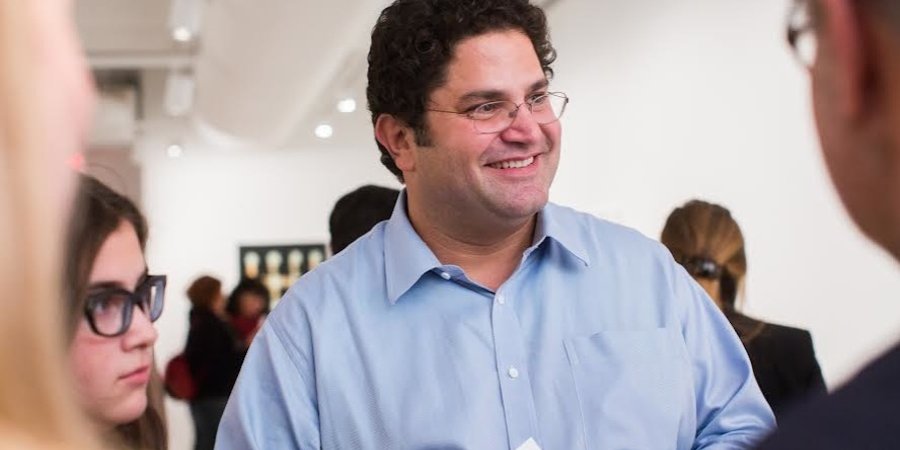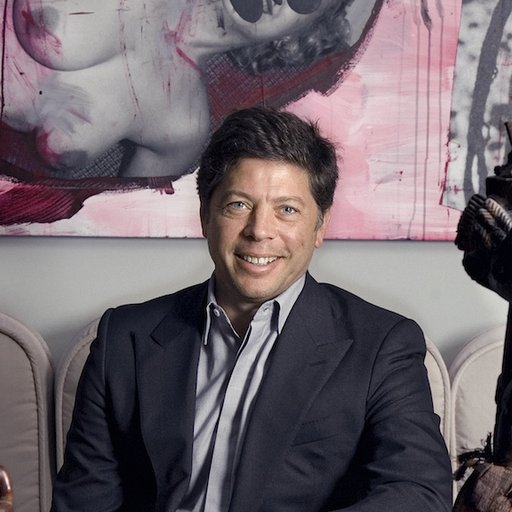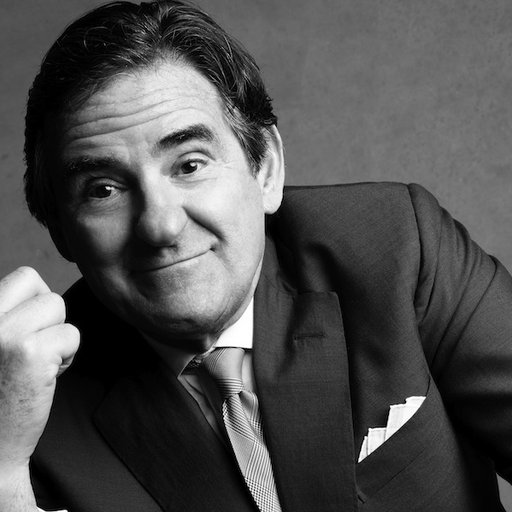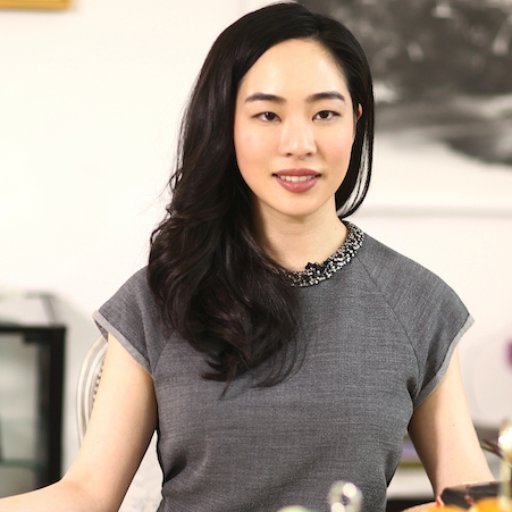Peter Hort, the son of the prominent art patrons MichaelandSusan Hort, grew up among one of the most renowned private art collections in the country. Today, he's a contemporary art collector in his own right, and he shares his parents' stalwart commitment to younger and emerging artists. On the eve of Art Basel, the world's premiere commercial art fair, we asked the connoisseur to share some of his tips for novice Basel-goers, as well as consolation for those of us who are not attending this year's fair. The takeaway: contrary to popular opinion, missing Basel is not the end of the world.
You come from a family of well-known, established collectors. What made you want to start your own collection?
I’ve always been surrounded by beautiful objects and beautiful art, since I was a child, and more than beautiful objects, interesting things—whether I liked them or not, which was almost irrelevant. The things that I liked the least, sometimes, were the things that stuck in my mind the most. Somehow those things engaged me in a way that, years later, when I think about my childhood home, they are the things that I remember most. For me, it was a very natural progression to collecting.
My family’s been collecting art for almost 40 years. When I was a senior in high school, my best friend got a new computer, and I got a Tim Rollins and K.O.S. But I don’t really collect what my parents collect; they collect more in depth and sometimes more established artists. As an art collector, you grow with your collection. I really focus on young emerging art. That’s not to say that some of the artists in my collection haven’t “hit” and done well for themselves, like Keltie Ferris—she’s a great artist. We bought her very early. At this point, I can’t afford a Keltie Ferris; but good for her. You know, I’m glad that people recognize her for what a fabulous artist she is.
You’ve said in past interviews that the best strategy is to collect what you love. But there’s always that nagging question of taste. How much does taste play into collecting for you? How much are you thinking about what’s popular, and what do you do if your taste as a collector doesn’t align at all with popular opinion?
That’s fine by me! I think it’s really important to buy what you love. If you buy what you love, you will not be disappointed. It is true that over time your taste evolves, and you may not love tomorrow what you love today, I get that. But by and large, if you buy what you love, you’re in good shape—you’re ahead of the game.
If what I love isn’t the popular flavor of the month, that’s totally okay by me. It’s better, in fact, because that means that I can buy more. It’s a mixed feeling when artists I support and I’m fond of start hitting a certain level of success. I think it’s great, it’s wonderful that they get to really focus on their work—they can quit their part time jobs, and people start appreciating them for the serious artists that I already think they are. But it’s bittersweet, I often then can’t afford them anymore.
The artist who is hot today, who may or may not be hot tomorrow, isn’t necessarily what I am interested in. There are artists who’ve gone through a long dry spell, and then all of then sudden, things hit for them and they rocket to superstardom. One in particular is Marilyn Minter, who, in the '80s was doing really well and was doing really great work, and then there was a period when she just wasn’t fashionable. But she came back with a vengeance. I think she’s great, and I’m very happy to see that she is getting the praise that I always knew she deserved.
How do you feel about trends in the market in general? Are they ever helpful, or generally harmful?
I don’t really worry much about them. I think that if an artist gets too hot too quickly, it can hurt their career—it hurts their creativity. If your prices rise too much too early, perhaps you buy a studio or you buy a house and then you have to pay your mortgage, then you start worrying about that and are sometimes less interested in pushing the creative envelope. I think that very often artists that hit too fast, too quickly, lose some of their freedom to take chances and lose that creative edge. They start making things that they think will sell.
You mentioned earlier that for you it wasn’t necessarily about beauty, but you said it was more interest. Could you talk a little bit about the difference between the two?
I personally like art that affects me on an intellectual level, something that really challenges me. I like art that grabs hold of me every time I pass it. I may see different things in it just because the light hits it in a different way, or it may interact with the environment in a totally different way when I move it to a new spot. When this happens, the work remains fresh to me, and it’s something that I look forward to seeing every time. My wife always tells me you can tell when I love a piece of artwork, because I’ll stop—it’s difficult for me to walk past it and not stop to consider it. There are many beautiful things in this world that are simply lovely, but that, in and of itself, is just not what appeals to me. The things I’m interested in are beautiful—don’t get me wrong—but there has to be more. I think Ella Kruglyanskaya did something quite beautiful in her paintings, but I especially love her drawings. The moment the pencil hits the paper, to me, is the genesis of the creative process. In her drawings, you can see the thought being born. She often makes a drawing before she makes a painting, which is very common, and I love seeing it. I love seeing the mistakes. I love seeing the rough of it.
Do you ever experience apprehension with artists who you think are about to get big? Is there danger in collecting work by artists whose markets you will likely be priced out of later? Does that ever factor into your collecting decisions?
It factors in a little bit. For me the price of the artwork is really about whether or not I can afford it. I'm not unaware that much of my collection has increased in value over time. But you know, if you’re not selling it, it doesn’t really matter. I would like to be able to afford artwork as long as I can, but I don’t control the prices. So if I love the piece and love the artist, I am going to quite likely jump in while I can afford it. Hopefully, my financial situation will be such that I’ll be doing well and I can afford their work a little bit longer. But sometimes that doesn’t happen.
I ask because it seems like this was the idea of flipping—buying an artwork with the intention of selling it later for more money—which has historically been something people didn’t really talk about. Lately though there have been a lot of collectors who have been blunt about their intentions when it comes to flipping work. Kenny Schachter, for example, who’s a self-confessed flipper, was quoted recently in an article about the art market in the New York Times.
We don’t sell artwork. I don’t begrudge anyone who does what they want with their collection, but with that said, I think you ought to be careful to not harm an artist’s career. I think there are a number of people that have young emerging art and they will try and push it to the secondary market through an auction very early. This can hurt an artist’s career. There are a few possibilities for work by an emerging artist at auction. One is it doesn’t sell. That’s not good for an artist’s career, or for their psyche either. It doesn’t create confidence with collectors. The second possibility is the work sells for a ridiculous amount of money, and the artist may start to think, "Hey, my artwork is worth that much more than it is on the primary market, so maybe my gallery should charge more." But just because someone is willing to pay a lot of money for your artwork, if you really compare yourself to artists who have an established record at museums, numerous gallery shows, and critical acclaim, you may not be in the same boat, even if your prices are the same. It’s a question of value—your prices may be the same but another artist has better value. I think that this could hurt an artist’s career in the long term. Lastly, the auction price could bring about a healthy return. This is the best outcome but creates grey hair for the artist.
I think how you sell is of more concern to me than whether or not you flip. People sometimes ask me how they should sell their work. I think it’s much better, if you really want to be in the art world for the long term and not hurt relationships, to sell work at the gallery you bought it at—ideally at the gallery that represents the artist.
Speaking of selling work, Art Basel is here again. Are you going to the fair this year?
I am not. June is a very difficult month for those of us with children—it’s the end of the school year. To take a week off and leave your kids and miss their graduation from middle school or to miss them before they go off to sleepaway camp could be interpreted as a wrong message for my children to receive. I want my children to know in the clearest terms possible that they are my number one priority. Yes, I love to collect art, but you know there is a time and place for everything.
What advice would you give to younger collectors who are going for the first time or haven’t been to an art fair before?
Well, first of all, enjoy it. Really enjoy the art fair experience. It’s unique and it’s different from the gallery exhibition or the museum experience. Also, really take advantage of everything that Basel has to offer, because one thing I'm always surprised by is how many people go to art fairs all around the world and don’t take advantage of the art community in the particular host city. Do studio visits, go to the local galleries. Try and go to as many local collections as you can and see how other people live with their art and see what kind of art they collect. The collections in Basel are unbelievable. They’re world-class selections in a beautiful setting, in someone’s home. Another thing about Basel that is fun is everyone is there. That is, everyone without school-age children.
And that’s an advantage as well over the gallery show or auction, right?
For me, a successful art fair is discovering something that I hadn’t heard of or wasn’t on my radar prior to the art fair. Maybe it’s an artist, maybe it’s a gallery program that for whatever reason I just never took note of, and then all of a sudden, I take notice — that’s the mark of a successful art fair.
Seeing my friends and seeing artists whose work I love and support is great, but I could have seen their art in the studio or a gallery. The thing that I didn’t know—the unknown—that’s what’s most exciting to me. Don’t be afraid of it. Don’t look for what everyone else is looking for.
For a young collector, I think that there’s a lot of pressure to buy at a fair. A lot of people make the mistake of not getting an education first. Part of that education is really figuring out what you like. I can’t tell you how many people I know start out collecting and shy away from abstract work because they don’t understand it. Once they start understanding what it’s about they realize how brilliant it can be. So I think part of collecting is really getting an education and learning about different styles.
Are there pitfalls or limitations to be wary of going into a fair like Basel?
I think with any fair, but with Basel in particular, there is going to be pressure. The opening day everyone runs in. People are trying to get there first. It’s almost comical. You know at some point, there is always more art. If there’s an artist you really like, they’ll make another piece. Don’t feel bad if you miss out. It’s okay. There’s always more. There’s always someone else. So take your time—don’t feel rushed. If rushed, you may end buying something that you possibly may regret.
It sounds like that's an important point. An art fair is not only for spending money and buying work, but also an educational experience.
Yes, don’t get me wrong, I go to fairs with my wallet open and, you know, nine times out of ten I will buy things at fairs. But the reason I go to fairs, the reason why I'm really excited about going to fairs, is to learn something new. Sometimes I meet an artist or a gallerist where I just don’t understand an artist that they represent and I’ll take a few minutes to have them explain it to me and see if I can wrap my head around it. Or if they are busy, as they often are, I’ll just get their contact information and we’ll set up an e-mail exchange.
The social aspect of the fair is a major draw for most people.
I would recommend if you have the opportunity to go to any of the art dinners, do so. And if you are so inclined and if you have an independent streak, don’t sit next to your significant other. Sit next to a total stranger. Those dinners are filled with interesting people who are creative and within them there's this whole world that they can open you up to—unimaginable, magnificent, wonderful, stupid, amazing worlds. You may not necessarily share their interest nor share their taste, but it’s bound to be an interesting conversation and it’s not a waste of time if you spend a couple of hours hearing from someone that you might not necessarily agree with.
So what will you be doing here in New York while everyone is at Basel?
One of my favorite times of year in the art world is late June, when you have the first summer art exhibition, where a number of galleries really take chances. They figure most people are in the Hamptons or at Basel or away for the summer, so they take risks with these great group shows. Some of them have group shows with employees of the gallery; some of them have shows curated by artists from their gallery program. It's there that you can be introduced to artists who otherwise haven’t percolated up, and I think that those are some of the most interesting shows of the year.
So if you’re not at Basel you shouldn’t necessarily feel like you’re missing out?
If you don’t go to Basel, you’re not missing out. Don’t get me wrong, if I didn’t have children, I assure you, I’d be going. But the best-kept secret of the art world is that period in mid-June, when you have all these openings for shows that are just phenomenal. This is the time when you will find things that you otherwise might not see. And every year, I’m excited about that.
























